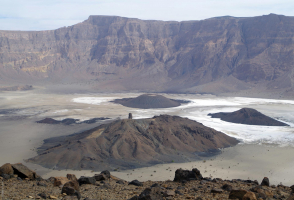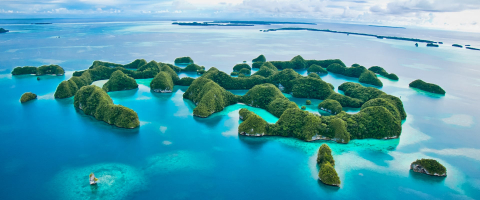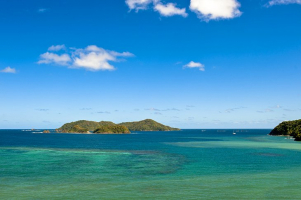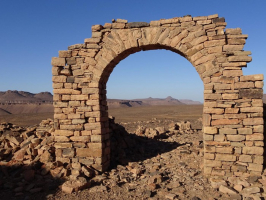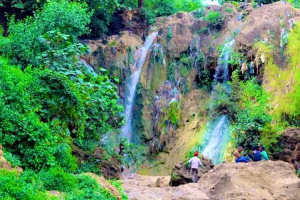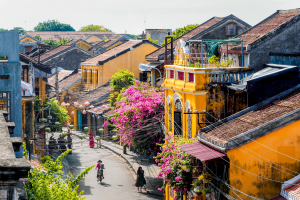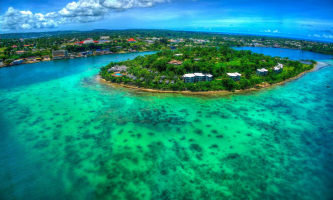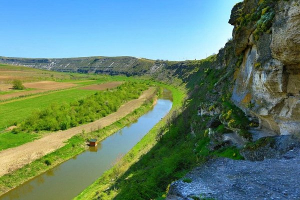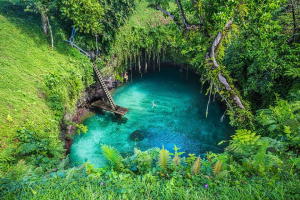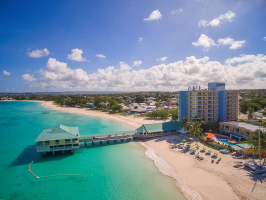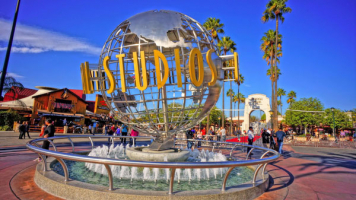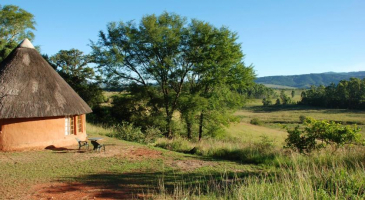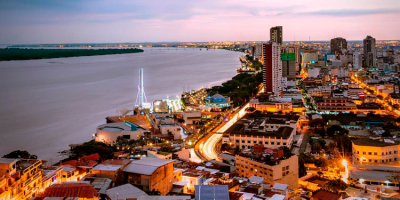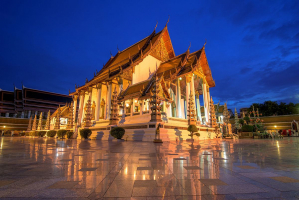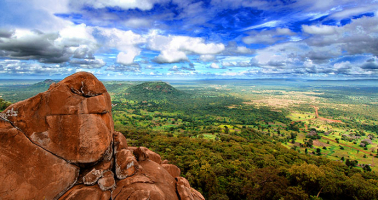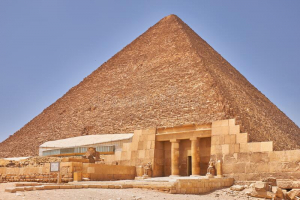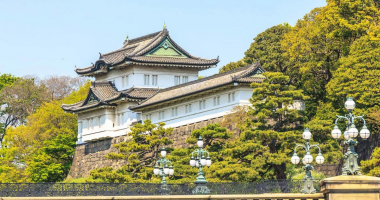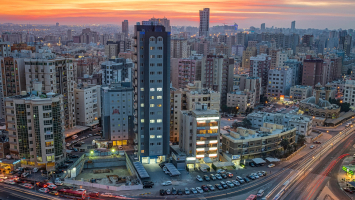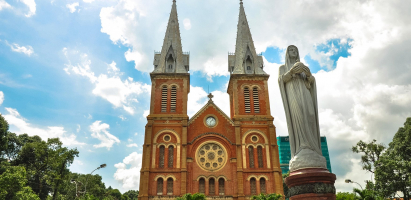Top 9 Best Tourist Attractions in Zambia
Zambia, a landlocked country in southern Africa, is quickly establishing itself as a top safari destination thanks to its pristine landscapes and diverse ... read more...wildlife and birds. Zambia is one of the top safari destinations for locals, tourists, and adventure travelers alike due to the sheer remoteness of its many great wilderness regions and national parks. The best things to do and top 9 tourist sites in Zambia, all of which should be on your Zambian travel and safari bucket list, offer a limitless range of things to see and experience.
-
Victoria Falls, one of the Seven Wonders of the Natural World and one of Africa's most awe-inspiring sights, is one of Zambia's most popular tourist destinations. This jaw-dropping waterfall on the Zambezi River, locally known as Mosi-oa-Tunya or 'The Smoke That Thunders,' is located on the Zambia-Zimbabwe border. Victoria Falls is the world's largest sheet of falling water, stretching 1.7 kilometers wide and reaching a height of 355 feet.
When the Zambezi River is at its peak, it is believed that 500 million litres of water per minute thunders over the cliff, plunging into a deep rocky valley at the bottom and launching a cloud of mist and rainbow-lit spray high into the air. While the Zimbabwean side of the Main Falls is similarly magnificent during peak flood season, the Zambian side is equally as impressive (February to May). The Knife-Edge Bridge is by far one of the best Zambian vistas, taking you right up close to this thunderous waterfall — be prepared to be soaked!
Victoria Falls is an excellent place to begin or conclude a Zambian safari. If you have the time, spending a few days exploring and experiencing the numerous exciting things on offer is strongly advised. There is something for everyone, from relaxing sightseeing on foot and breathtaking helicopter rides to heart-pounding, adrenaline-inducing events like white water rafting on high-grade rapids, microlight flights, and bungee leaping.
Location: Mosi-o-tunya Road, Livingstone, Zambia
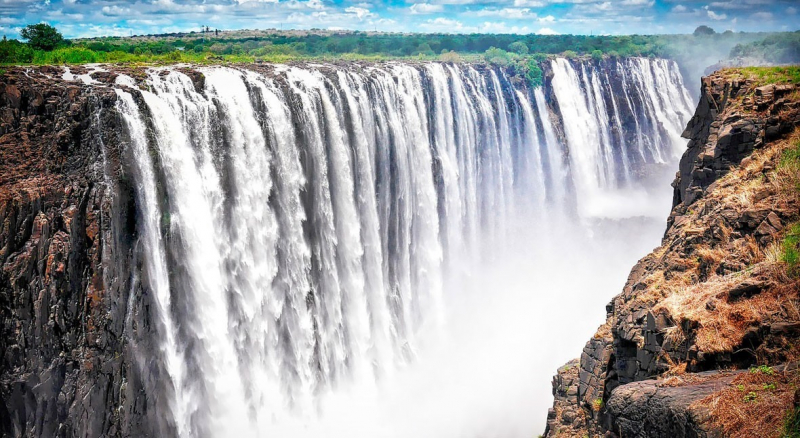
smartwatermagazine.com 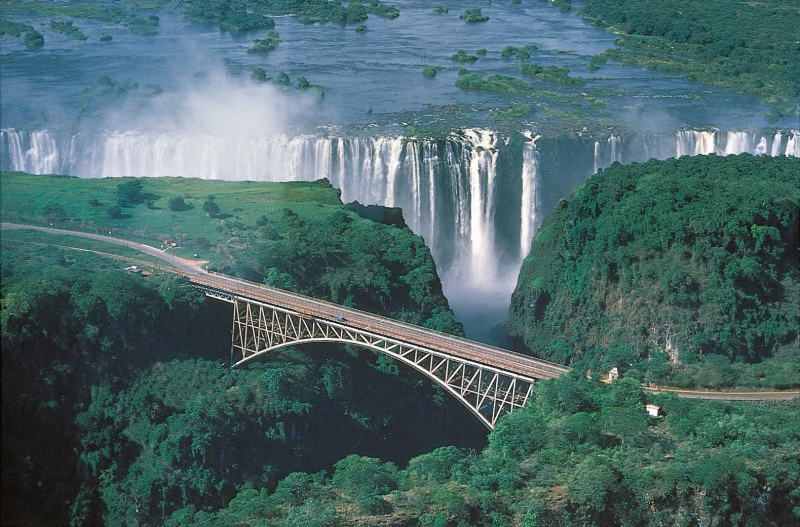
delphipages.live -
The Lower Zambezi National Park, located along the lower Zambezi River, is one of Zambia's most popular wildlife and safari sites. The national park's greatest attraction is its off-the-beaten-path location and pristine wildness. The Lower Zambezi National Park has a tremendous range of species thanks to its wide and varied topography, which includes woodland, grassland, and floodplain. Wildlife fans will not be disappointed with the abundance of large game, such as elephants, lions, buffaloes, hippos, and Nile crocodiles, as well as an assortment of birdlife and other wildlife species.
The finest places to see wildlife are along the rivers, which run along three sides of the park. The Zambezi River is the region's primary supply of water as well as its most popular tourist attraction. When visiting the Lower Zambezi National Park, you can go on a safari or a game drive to see all the park has to offer, or on an exciting nature walk. Going on a canoe safari along the Zambezi River is by far one of the most memorable experiences! Paddling and drifting past the twitching ears and snorts of submerged hippos and knobbly Nile crocodiles sunning on the riverbanks is both tranquil and thrilling. The guides are completely sensitive to the animals' routines and behavior, and are completely comfortable predicting their next actions - so you can relax knowing you're in good hands!
Location : lower Zambezi River, Zambia
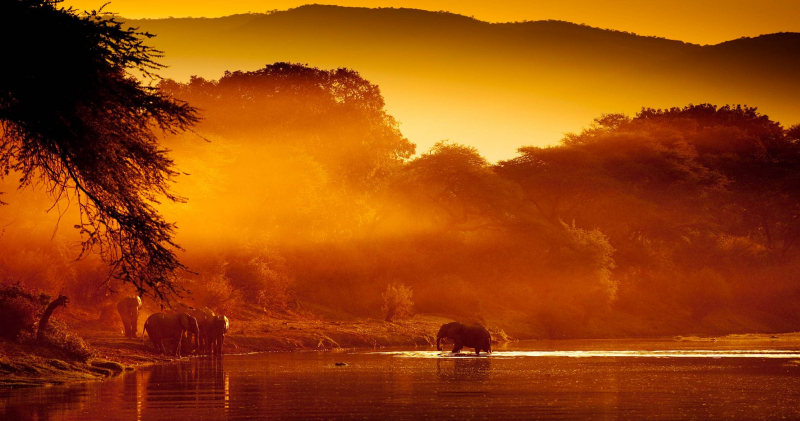
vayeni.com 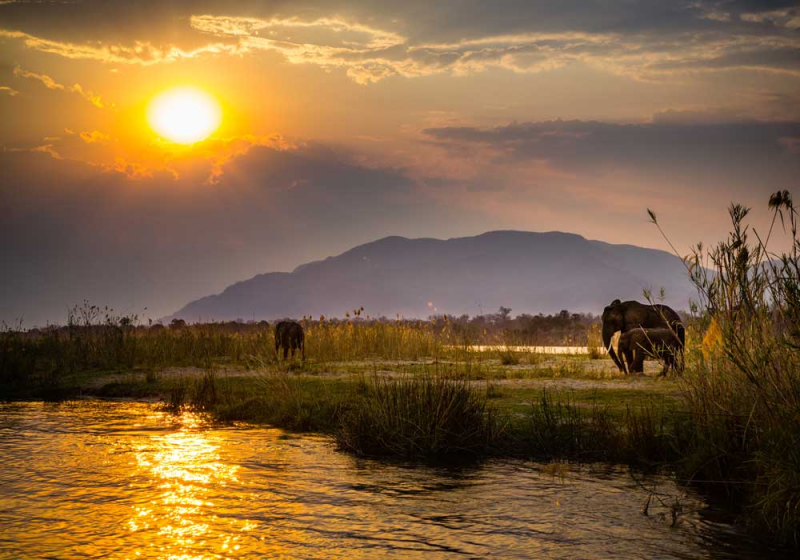
lowerzambezi.com -
South Luangwa National Park is unquestionably Zambia's best wildlife-viewing location and most popular tourist attraction. The park is known for having one of the highest concentrations of animals in Africa, and is one of the best areas to see enormous herds of buffalo, elephants, and giraffes.
There are several uncommon and endemic species in South Luangwa, including Thornicroft's giraffe, Cookson's wildebeest, and Crawshay's zebra, as well as leopard, lion, and hippo. Thousands of hippos congregate in the Luangwa River's deeper pools in late October, just before the rains begin — it's a wonderful sight to see as they jostle and fight for space.
During the dry season, when the area's wildlife flocks to the river's banks, is the best time to visit South Luangwa National Park for pristine wildlife sightings. You'll also have the chance to observe predators like leopards and lions in action! Walking safaris are popular in South Luangwa, and they are guided by skilled guides through some of Africa's best game watching territory. Boat safaris are another popular activity, particularly during the park's wet season. Shallow-draft watercraft can cruise into the flooded riverine forests as the Luangwa River breaks its banks — this is surely one of Zambia's most unusual and spectacular safari experiences!
Location: South Luangwa National Park, Zambia
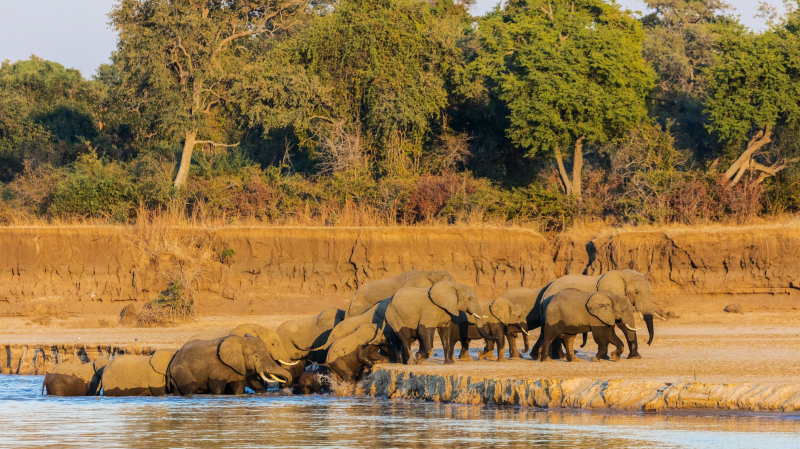
artofsafari.travel 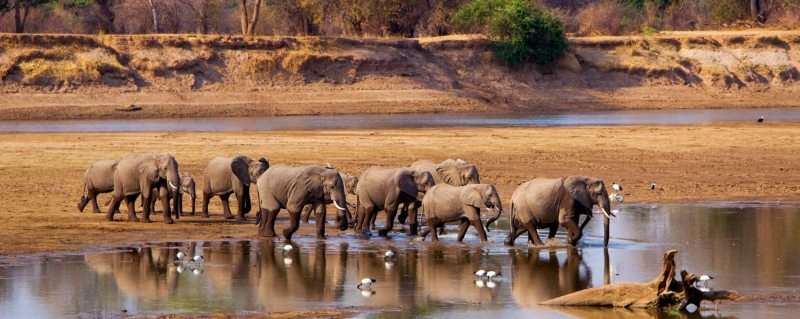
.tripsavvy.com -
Kafue National Park is Zambia's largest national park and wildlife reserve, as well as Africa's second-largest park. It spans more than 22000 square kilometers (2500 square kilometers greater than South Africa's Kruger National Park), with topography that varies dramatically from north to south. Kafue is the least frequented of Zambia's three major national parks, despite being one of Africa's largest. Kafue National Park, located far off the usual path, is still incredibly wild and is regarded as a Zambian hidden treasure.
Northern Kafue is dominated by rivers, seasonal floodplains, and vast, wildlife-rich wetlands. The Busanga Plains, one of Zambia's most significant wetland resources and the park's best section for wildlife watching, are located in the far north of Kafue National Park. These grassy floodplains are home to large herds of red lechwe, puku, majestic roan antelope, blue wildebeests, and zebras. Lion prides, lone cheetahs, packs of wild dogs, and leopards are among the predators attracted by their enormous numbers. The park's namesake, the Kafue River, is home to a plethora of hippos as well as some of Southern Africa's largest crocodiles.
The Busanga Swamps, an official Ramsar site, draws close to 500 bird species, including big flocks of herons, egrets, and endangered wattle cranes, in the far northwest of Kafue National Park. Southern Kafue has huge areas of Kalahari timber and grassland, making it a perfect habitat for the park's greatest population of elephant and buffalo, as well as an ever-growing population of plains wildlife.
You can spend your days in Kafue National Park on walking safaris and boat rides/safaris on the Kafue River or the Lunga River, in addition to game drives. Walking safaris are excellent in the winter, while boat safaris along the Kafue River are possible during the rainy season.
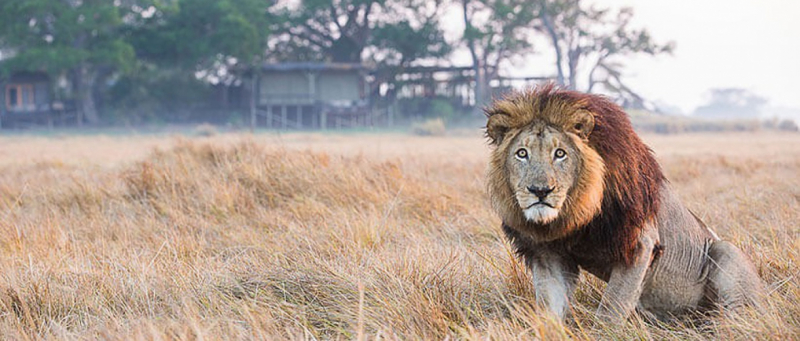
theafricaspecialists.com 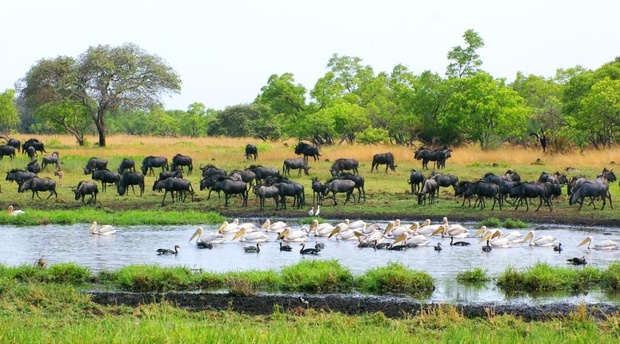
4x4selfdriveafrica.com -
Kasanka National Park is one of Zambia's top national parks and tourist attractions, located immediately south of the Bangweulu Wetlands and close the border with the Democratic Republic of the Congo. It is the only privately managed park in Zambia. It boasts excellent papyrus marshes, swamp forests, and miombo woodlands, as well as multiple criss-crossing rivers and seasonal, swampy pools that sustain about 500 kinds of birds, making it one of Zambia's most picturesque reserves.
Kasanka's annual bat migration is by far one of its most popular attractions. Of 10 million straw-colored fruit bats fill the skies around Kasanka National Park every year from late November to December. The yearly bat migration at Kasanka National Park is the world's largest animal migration! While the sheer number of bats is mind-boggling, it's the atmosphere that surrounds this event that is the most fascinating part, as giant birds of prey swoop through the skies attempting to capture as many bats as possible. Small predators and scavengers are also lurking below, waiting to pounce on any that fall.
Kasanka is home to a variety of wildlife and antelope species, including the Sitatunga antelope, an unique swamp-dwelling antelope that is rather widespread in this area and can often be seen grazing in the misty dambos (wetlands). Hippopotamus and crocodiles abound, whereas buffalo, leopard, and elephant are more difficult to spot. Many travelers combine a visit to Kasanka National Park with a visit to the nearby Bangweulu Wetlands to witness the unique black lechwe and famed shoebills.
Location: Bangweulu Wetlands
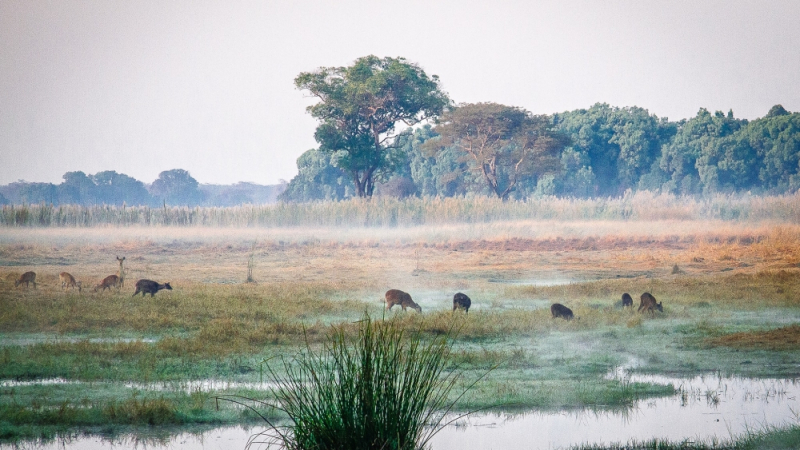
robinpopesafaris.net 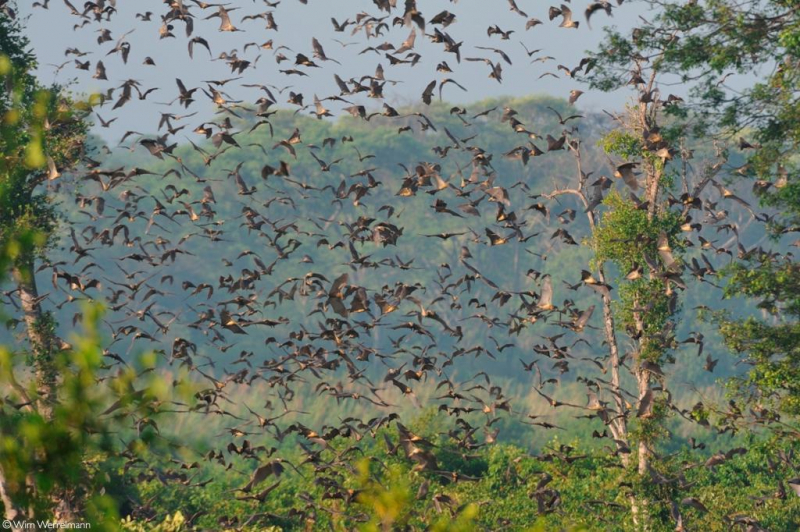
africageographic.com -
Lake Kariba may not be as deep as Lake Kashiba, but it is the world's largest man-made reservoir by volume, stretching over 5000 kilometers along Zambia's southern border. The lake stretches about 140 miles/220 kilometers along Zimbabwe's border and reaches a maximum width of 25 miles/40 kilometers at its broadest point.
The Zambian side of Lake Kariba has very limited access, with Sinazongwe and Siavonga being the only two major cities having access to the lake. Lusaka is only a couple hours away from Siavonga. It is the larger of the two towns and is quite popular among residents. It is regarded as a laid-back lakeside holiday hamlet. Most locals and visitors use Siavonga as their base for exploring Lake Kariba because Sinazongwe is much smaller and less developed.
The Zambian side of Lake Kariba is far less wild than the Zimbabwean. Visit one of the two big islands, Chete or Chikanka, for animal observations and encounters. Both islands are accessible from Sinazongwe and are located in the southwest. The biggest of the two islands, Chete, offers guided game hikes and walking safaris. Chete has a tiny elephant population, a few leopards, and many of hippos, crocodiles, and birds.
Chikanka is a privately owned island with only one fishing lodge. On Lake Kariba, there are several fishing choices, with tigerfish being the most sought-after catch. On Lake Kariba, houseboating is a popular activity, and you're sure to witness a lot of hippos, crocodiles, elephants, and various birds as you float by. A private motorboat cruise or a canoe safari are also options. Siavonga can arrange all of these fascinating treks and safari adventures.
Location: Zambian
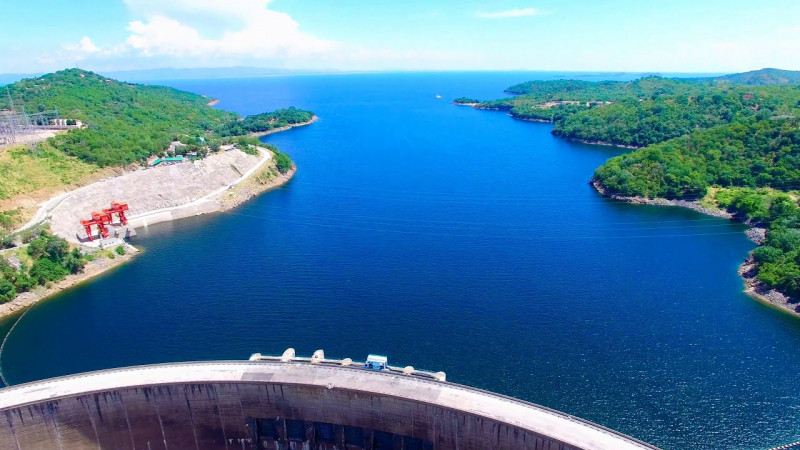
youtube.com 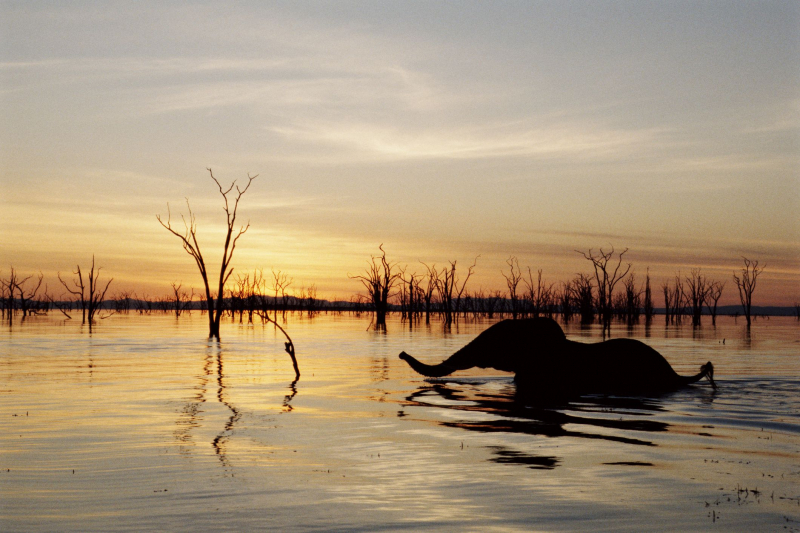
g-switch.org -
Blue Lagoon National Park, which is only 75 miles/120 kilometers by road from Lusaka (Zambia's capital city), is not only one of the country's top wilderness destinations and tourism attractions, but also one of its most accessible parks for both locals and visitors. It's not only easy to travel to, but it's also well worth a visit. Blue Lagoon National Park, founded in 1976, is a relatively unknown park. The Ministry of Defence, however, closed it to the public, and it became a sanctuary for poachers. The park reopened to the public in 2003 after extensive and successful renovation efforts.
The picturesque location and huge wilderness terrains of Blue Lagoon National Park attract visitors and avid animal enthusiasts from all over the world. It has an unmistakable and untamed natural beauty that is difficult to deny because it is mainly undisturbed by the people and development initiatives. During the wet season, when the huge floodplains fill with water, hundreds of birds and mammals flock to the Blue Lagoon National Park, it is the finest time to visit.
Location : Lusaka (Zambia's capital city)
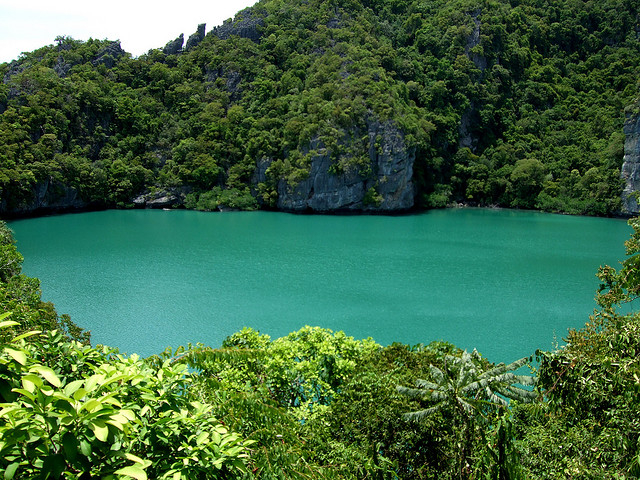
touristlink.com 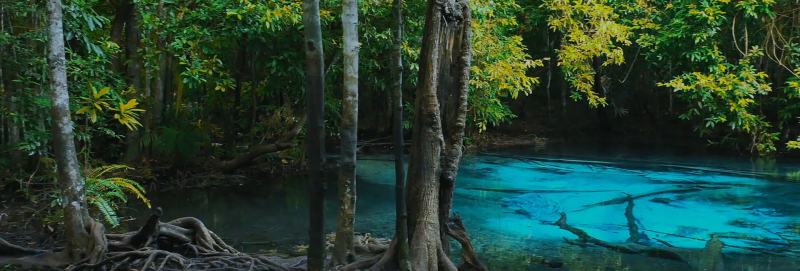
tabasamzanzibar.com -
Liuwa Plain National Park is one of Zambia's most isolated national parks, located west of the upper Zambezi River and close to the Angolan border. The broad grasslands of the Liuwa Plain are interspersed with pans, palms, and pockets of Kalahari forest.
Large portions of the park, as well as much of northern Zambia, are entirely inundated during the rainy/wet season (December – April). Liuwa Plain National Park is difficult to access even during the drier winter months. This only adds to its allure among keen adventurers, thrill seekers, and nature and animal lovers. Those who are fortunate enough to discover this Zambian wilderness hidden gem will feel as if they have the entire national park to themselves — and they may!
Liuwa Plain National Park is the ultimate African wilderness and safari destination, boasting jaw-dropping panoramic views and unapologetic natural beauty, really low tourist numbers (due to its isolated location), and a vast and diverse wildlife population. The annual blue wildebeest migration, which attracts an estimated 40000 animals or more each year as rising water levels move the herds southeast in search of fresh grass, is Liuwa Plain's most popular natural attraction. This incredible event takes place every November and is the world's second largest of its sort.
The birdlife in Liuwa Plain is another important lure, with some of its pans holding water all year. It is a true bird lover's paradise, attracting a wide variety of species such as spoonbills, marabou and saddle-billed storks, herons, and a noteworthy bird rarely seen in groups elsewhere, the Slaty egret. The growing hyena population in Liuwa Plain National Park is another significant wildlife highlight. They are Liuwa's apex predator, with a population of roughly 600.
Location: upper Zambezi River
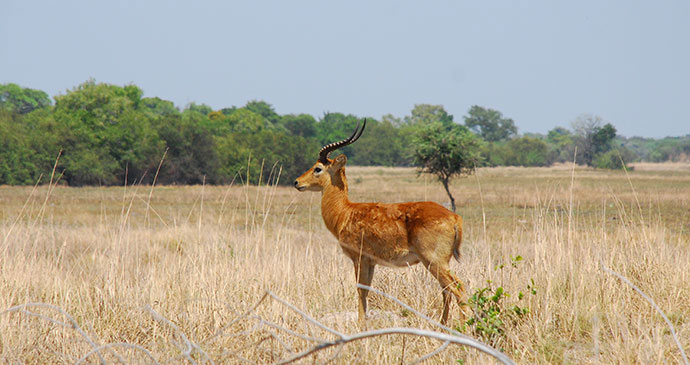
bradtguides.com 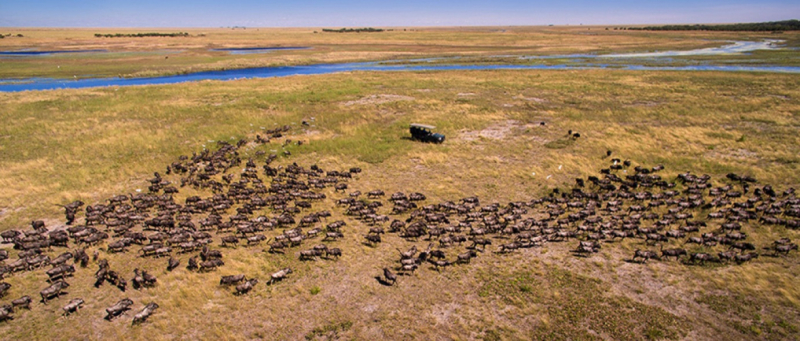
africanparks.org -
Sioma Ngwezi is Zambia's third-largest national park, with 5,000km2 of Kalahari woodland. Sioma Ngwezi is nestled away in the southwestern corner of Zambia, bordered to the west by the Kwando River (which also forms Zambia's boundary with Angola) and to the south by Namibia. With its diverse wildlife attracting avid adventure travelers and wildlife enthusiasts, it has become one of Zambia's top up-and-coming regions to visit, especially when combined with the impressive Ngonye Falls National Park further north.
Sioma Ngwezi National Area has a reputation of great giraffe sightings, and tourists may expect to encounter a variety of wildlife species when visiting the park, including lion, leopard, and spotted hyena. Given the scarcity of water in this part of Zambia, the greatest time to see wildlife is right after the summer rains, when animals cluster in large numbers around the drying ponds.
While Zambia's 25-meter-high Ngonye Falls may not be as impressive as the world-famous Victoria Falls, it more than makes up for it in volume. Visitors can enjoy a variety of thrilling adventure activities, such as kayaking, white water rafting, swimming, and fishing, in addition to admiring its beauty.
Location: the southwestern corner of Zambia
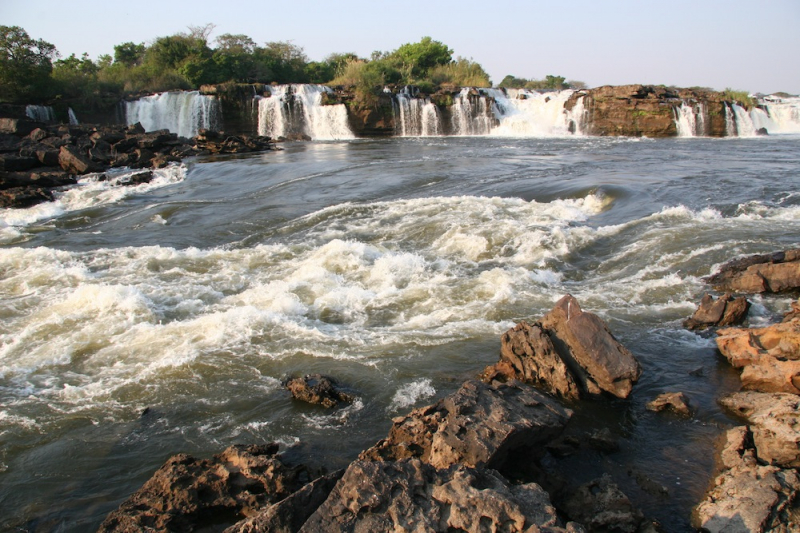
discoverafrica.com 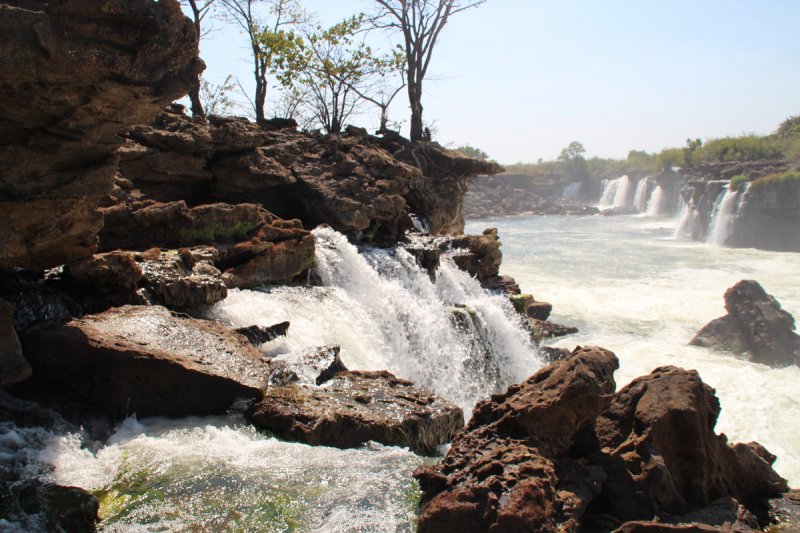
mutemwa.co.za











